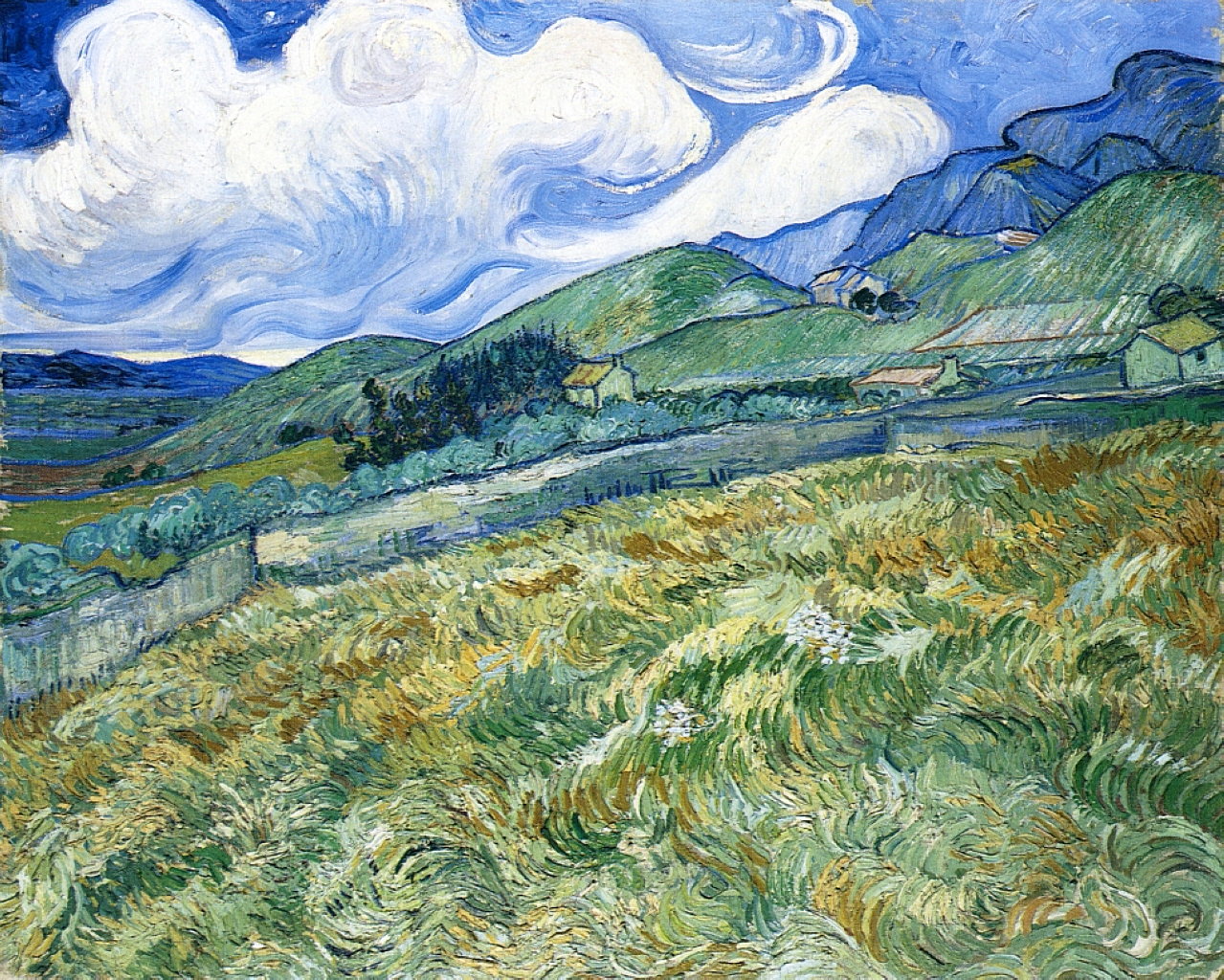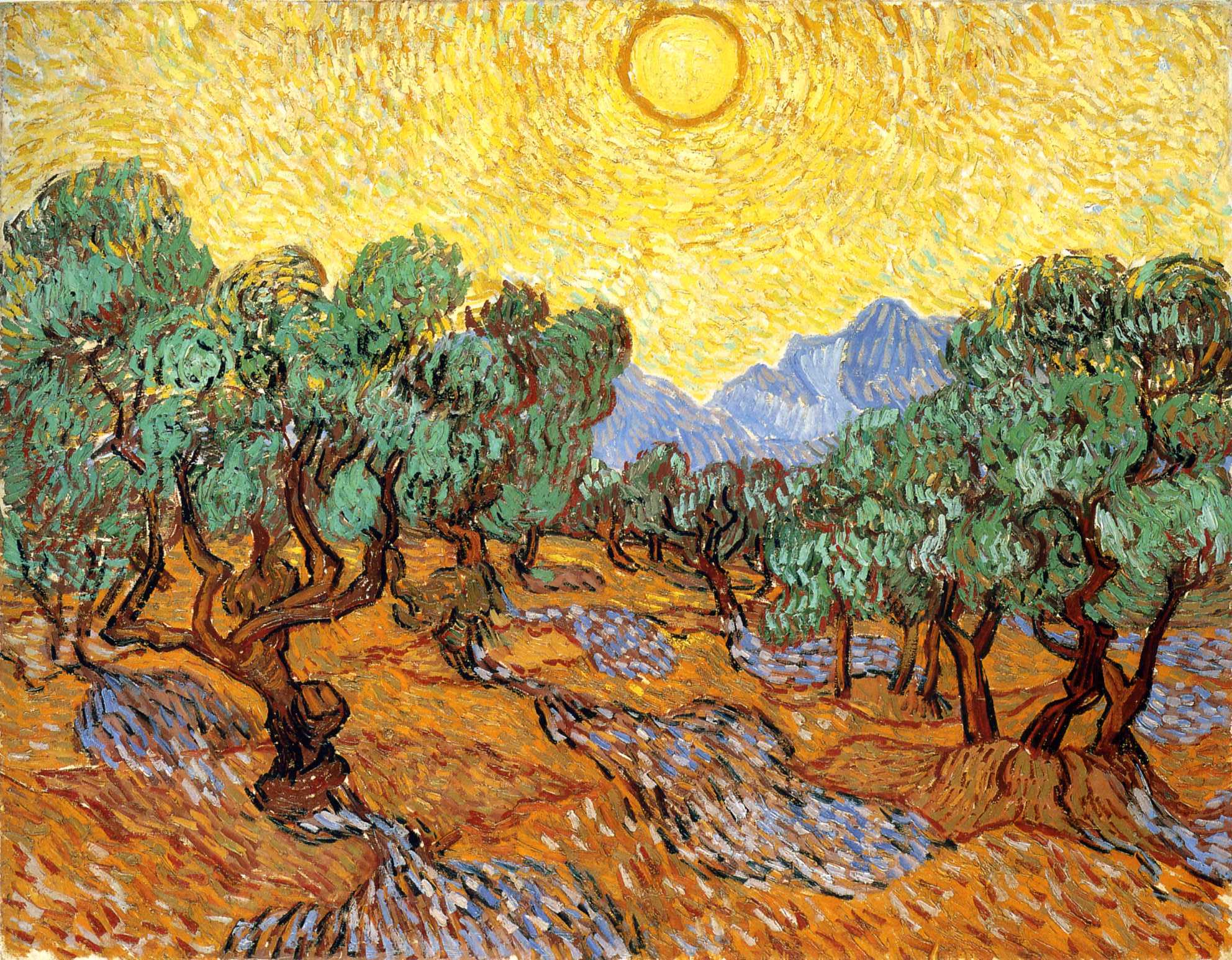… After all, works of art are always the result of one’s having been in danger, of having gone through an experience all the way to the end, to where no one can go any further.
Rainer Maria Rilke to Clara Rilke
Nowadays, when more than a century has passed after this letter was written, and “uniqueness” and “self-expression” turned into buzz-words, it may be too easy to assume that everyone now knows what Rilke is talking about, that it is almost “common sense”, “old news”.
So let me mention, right now, a key word which doesn’t appear in the letter straightaway: MADNESS.
To see and experience what nobody else sees and experiences: isn’t it a symptom of madness? But this is also the quintessence of true art.
JUNE 24, 1907
… After all, works of art are always the result of one’s having been in danger, of having gone through an experience all the way to the end, to where no one can go any further.
The further one goes, the more private, the more personal, the more singular an experience becomes, and the thing one is making is, finally, the necessary, irrepressible, and, as nearly as possible, definitive utterance of this singularity.
Therein lies the enormous aid the work of art brings to the life of the one who must make it,—: that it is his epitome; the knot in the rosary at which his life says a prayer, the ever-returning proof to himself of his unity and genuineness, which presents itself only to him while appearing anonymous to the outside, nameless, as mere necessity, as reality, as existence—
So surely we have no choice but to test and try ourselves against the utmost, but probably we are also constrained to keep silence regarding it, to avoid sharing it, parting with it in communication before it has entered the work of art:

for the utmost represents nothing other than that singularity in us which no one would or even should understand, and which must enter into the work as such, as our personal madness, so to speak, in order to find its justification in the work and show the law in it, like an inborn design that is invisible until it emerges in the transparency of the artistic.
—Nevertheless there are two liberties of communication, and these seem to me to be the utmost possible ones: the one that occurs face-to-face with the accomplished thing, and the one that takes place within actual daily life, in showing one another what one has become through one’s work and thereby supporting and helping and (in the humble sense of the word) admiring one another.

But in either case one must show results, and it is not lack of trust or withdrawal or rejection if one doesn’t present to another the tools of one’s progress, which have so much about them that is confusing and tortuous, and whose only value lies in the personal use one makes of them.
Rainer Maria Rilke to Clara Rilke
STORYLINE: SOLITUDE. SUBJECTIVE AND OBJECTIVE
Two interrelated themes of the book begin in this letter: solitude as a quintessential ingredient of art, and the paradoxical interplay between “subjective” and “objective”.
One has to go deep inside oneself, to a deeply personal place — to find the unique point of connection with reality, with existence, with the nameless objective, the utmost.
And this can only happen in solitude, in complete aloneness.
SEEING PRACTICE: van Gogh’s Indescribable reality
The artist Rilke is thinking about in this letter is Vincent van Gogh, and his disastrous attempt to share life and work with Paul Gauguin (he mentions this episode later in the letter).
The singularity of van Gogh’s vision is so utterly unique, so unfathomably deep, that that piece of utmost reality he has reached to and reenacted in his paintings — this piece is not yet integrated into the realm of shared experience. Not fully, not really.
There is still work for us all — to fully open ourselves to this as yet indescribable expansion of human vision he brought to this world.
In this letter, Rilke doesn’t mention any individual paintings, so I have chosen these two landscapes myself. Click either of them to zoom in and see how they emerge out of flurries of colors: a visual experience of objective reality lived through all the way to the end.